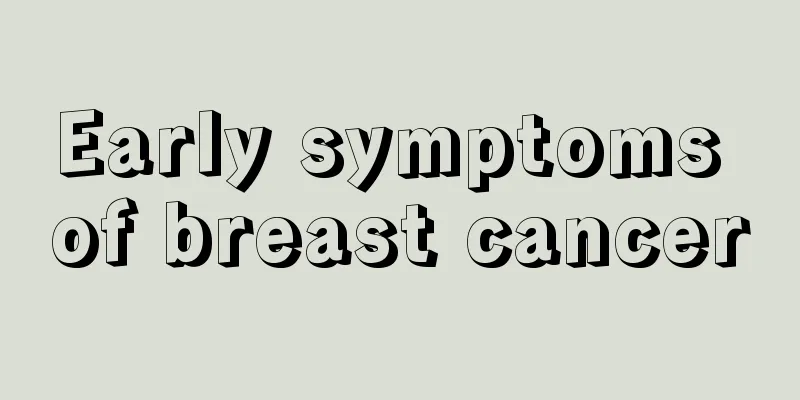What are the symptoms of atopic eczema at different stages?

|
Many people do not understand that atopic eczema, also known as atopic rash or allergic rash, has an important relationship with genetics. Patients with allergic constitutions, if they usually eat protein-rich foods, or come into contact with pollen and dust, etc., are prone to some symptoms, which often lead to skin flushing, erosion and exudation, unbearable itching, etc. For children, it will cause developmental abnormalities. (1) In infancy, the disease usually begins one month after birth and often occurs on the cheeks. It presents as eczematous changes, with local redness, erosion, exudation, and crusting, and the patient feels severe itching. It is usually acute or subacute. The lesions can spread to the entire face, scalp, and in a few children, the neck, extensor side of the limbs, buttocks, etc. Usually it heals itself within 1 to 2 years of age, but in some cases it may persist into childhood. (2) The eczema persists during childhood or infancy or recurs after a few years of relief, and there are also cases with no history of eczema in infancy. The rash can be divided into two types: ① Prurigo type: It often occurs on the extensor side of the limbs, mainly scattered millet-sized normal skin color or brown-red papules, clustered or scattered, with severe itching, often accompanied by scratches and blood scabs. The disease progresses slowly with repeated attacks and enlarged inguinal lymph nodes. This type of disease is more common in preschool children. If the illness lasts for a long time, the nutritional development of the child is often affected. ② Eczema type: It is more common on the flexor side of the limbs, especially the elbows and armpits, followed by the face and neck. It presents as subacute eczematous lesions with mild moist exudation, or localized lichenification, which forms erosion, exudation, and crusting after scratching. The course of the disease is chronic, with frequent recurrences. Traditional Chinese medicine calls it Four-Way Wind. (3) In adulthood, the disease presents as disseminated neurodermatitis, which is more common in the elbows, axillae, and flexor sides of the limbs. Frictional stimulation may cause exudation and crusting, and the disease may also spread throughout the body. Conscious itching. |
<<: What are the symptoms of hepatitis B
>>: What exactly is the feeling of having a foreign body in the eye?
Recommend
Can baking soda be used to wash your face?
Brushing teeth and washing face are things that e...
What is the reason for coughing and spitting black phlegm
Coughing is a common occurrence. Most of the time...
Disadvantages of bubble hair dye
Love of beauty is the nature of many people. The ...
How to best handle the relationship between mother-in-law and daughter-in-law
How to resolve the relationship between mother-in...
Men with this characteristic are born with a long life span
Many people can read palm lines and tell a person...
What causes little toe pain?
In daily life, most people often feel pain in the...
What is the hcg blood value on the fifteenth day after transplantation?
Test tube transplantation is a very complicated p...
Methods for early prevention of lung cancer
The typical symptoms of lung cancer are cough, bl...
What are the main treatments for liver cancer? Surgery is the first choice for liver cancer treatment
The treatment of liver cancer is a problem that m...
How to treat mild periodontitis
In today's society, dental health is one of t...
Symptoms of fungal hair infection
Fungal infections have become a common occurrence...
What are the common symptoms of kidney cancer?
The incidence of kidney cancer has always been hi...
What can I eat for one day of bowel cleansing? How to eat for one day of bowel cleansing
The best way after cleansing the intestines is to...
What are the symptoms of advanced liver cancer? Four symptoms of advanced liver cancer
Advanced liver cancer can cause great harm to the...
The efficacy of wolfberry and chrysanthemum soaked in water
As we all know, chrysanthemum and wolfberry are a...









